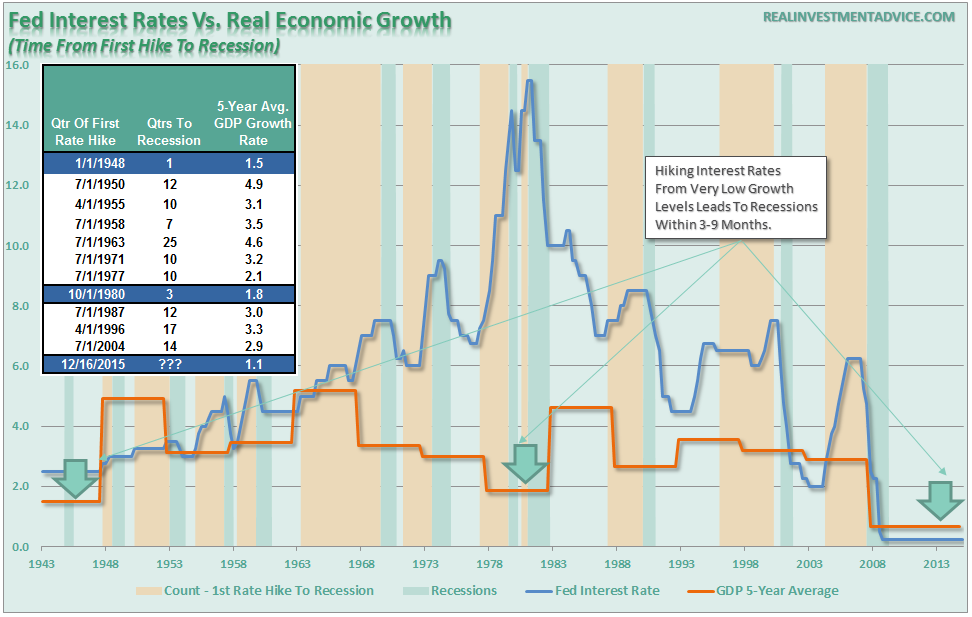A Big, Fat "Policy Error" Or Worse? Find Out Tomorrow
On Tuesday, the day before Yellen's historic rate hike, the S&P closed at 2,043. Today, the day after a Fed announcement which everyone cheered overnight as simply fantastic, perfect, "dovishly goldilocks", and countless other superlatives because it sent the market surging, the S&P closed at.... 2,042. In the process all the euphoric gains from the widely telegraphed Yellen announcement and press conference have been completely wiped out, not just for stocks...
